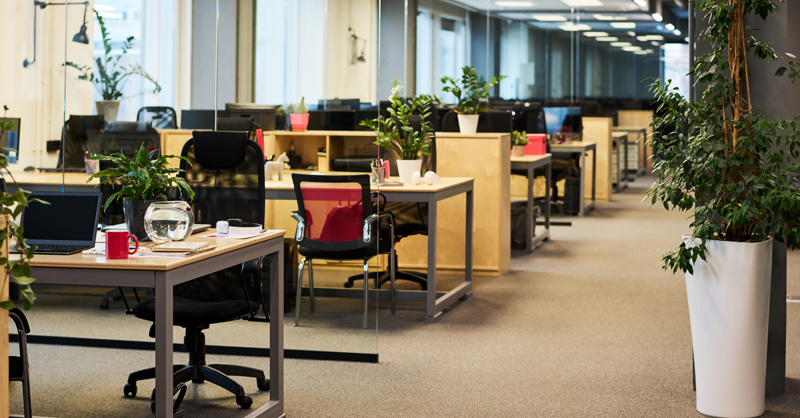Mariachiara Barzotto (University of Bath), Felicia Fai (University of Bath), and Phil Tomlinson (University of Bath)
The routine of commuting five days a week to and from an employer’s office now seems somewhat old fashioned. Flexible and remote working have become much more common – and popular.
One global survey found that 68% of employees prefer flexible working. In the US, when given the option of remote work, 87% of employees take up the offer. It has also been estimated that up to 25% of workers in some of the world’s largest economies could work remotely for three to five days a week without any loss in productivity.
Improvements in digital technology and better broadband connections have made this drastic change possible. COVID then sped up the whole process, with remote working becoming a necessity for many.
Traditionally – and during COVID lockdowns – remote working meant working from home. But research suggests that much of the recent uptake in remote work is occurring in “co-working spaces”, where people from different professions and organisations work side by side.
These spaces provide flexible access to shared workspaces, with a range of facilities such as decent coffee, good wifi, digital printing and postal services. They range from basic to funky in design, some with natural features or social spaces equipped with table tennis and pool tables, boxing bags and PlayStations. Dogs and other pets are often welcome.
Since they first emerged in the US in 2005, co-working spaces have seen significant growth in both urban and rural locations. They have also been set up in tourist hot spots, catering for workers who wish to combine their jobs with travel on “workcations”, while others are designed for specific groups such as female entrepreneurs.
Some are run by large global companies while others are set up by local independent providers. But they are all designed for workers in search of a flexible approach, a decent location and an appealing working environment.
Part of this appeal comes from the social interaction they provide, reducing the isolation of working from home. They may also be located more conveniently than traditional places of work, reducing commute times and helping parents manage childcare commitments.
Commercial collaboration
The main feature of a co-working space is that the people who use it come from different backgrounds and are not employed by a single company. Such a diverse community can open up new opportunities for collaboration and the exchange of ideas – and even the potential for new commercial partnerships.
Indeed, some research suggests that co-working spaces are similar to “industrial clusters”, where groups of businesses in similar sectors are concentrated in a particular location, such as the Square Mile in London, or the area near Silverstone in England nicknamed Motorsport Valley.
Co-working spaces can be good for employers too, broadening their geographical reach. They may be cheaper than traditional office space, and provide a flexible option to scale up or down depending on economic circumstances.
And while most co-working spaces are designed for desk workers, there are an increasing number of manufacturing and engineering companies getting involved. Spaces which provide access to things like CAD software, 3D printers and lathes are particularly useful for small design or artisan businesses.
A role for policy?
This ease of access to tools and technology can encourage start-ups, or promote the re-emergence of small scale manufacturing in “left behind” places. In the US, for example, there has been a political push to promote co-working spaces as seedbeds of entrepreneurship.

In Italy, a similar policy in Rome has received the same kind of encouragement, while Ireland’s government announced plans for investment in 400 co-working hubs in rural areas to create a national network of facilities.
The Organisation for Economic Co-operation and Development (OECD) has also expressed interest in the potential of co-working spaces to boost regional development.
But so far in the UK the role of co-working spaces has largely been absent from any political party’s vision for developing regional economies. Instead, it seems to have been largely left to local authorities and businesses to take the lead.
In Stoke-on-Trent, for example, a new co-working space development has been launched in a partnership between the local government and private sector investment. Elsewhere, Devon County Council coordinates its own network of co-working hubs.
They have understood that the move towards more flexible working is surely here to stay. For many, it provides a sense of freedom and independence in their working lives.
Overall though there seems to be a lack of strategic thinking from the national government on the funding and location of co-working spaces. In tough economic conditions, this may turn out to be a significant missed opportunity.
Mariachiara Barzotto, Senior Lecturer in Management Strategy and Organisation, University of Bath; Felicia Fai, Associate professor in International Business and Innovation, University of Bath, and Phil Tomlinson, Professor of Industrial Strategy, Co-Director Centre for Governance, Regulation and Industrial Strategy (CGR&IS), University of Bath.
This article is republished from The Conversation under a Creative Commons license. Read the original article.


